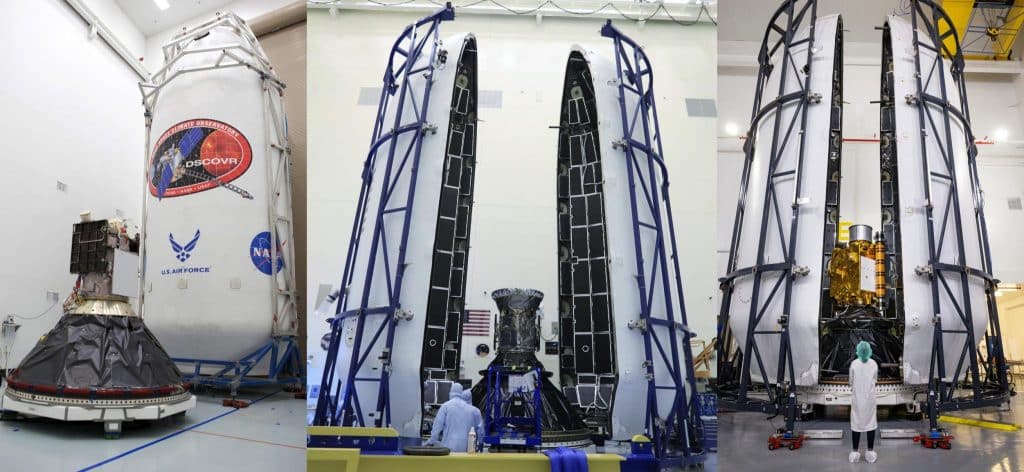A SpaceX Falcon 9 rocket carrying NASA’s tiny IXPE X-ray telescope has rolled out to Kennedy Space Center (KSC) Pad 39A for the last time ahead of a planned Thursday, December 9th launch.
Falcon 9 is scheduled to lift off at the start of a 90-minute window that opens at 1am EST (06:00 UTC). The only payload: a first-of-its-kind 330 kg (~730 lb) spacecraft known as the Imaging X-ray Polarimetry Explorer (IXPE) that hopes to analyze the polarization of X-rays to explore black holes, nebulae, and bizarre lighthouse-like dead stars called pulsars in unprecedented detail. The mission is also interesting just for the sheer disparity between the size of the payload and the rocket that will launch it.
As noted, IXPE will weigh about a third of a ton at launch. SpaceX’s Falcon 9, on the other hand, will weigh roughly 550 tons (1.2M lb) when it lifts off, resulting in a truly unusual payload ratio of approximately 1:1700 or 0.06%. However, Falcon 9 will still have to work extremely hard to get IXPE into the correct orbit. That’s because IXPE is designed to operate in an almost exactly equatorial orbit with a zero-degree inclination.
Launching out of Cape Canaveral, which is located 28.5 degrees above the true equator, it’s physically to launch directly into a 0.2-degree equatorial orbit. Instead, a rocket needs to launch into a due-East parking orbit and then perform what’s known as a plane or inclination change once in space. Plane changes are infamous for often being (in terms of rocket performance) one of the most expensive maneuvers one can perform in orbit. That’s certainly the case for IXPE, which will require a 28.5-degree plane change shortly after liftoff.

For Falcon 9, that means that even the tiny ~330 kg IXPE likely still represents about 20-30% of its maximum theoretical performance (1.5-2 tons) for such a mission profile, while the same rocket is otherwise able to launch about 15 tons (33,000 lb) to the same 600 km (373 mi) orbit IXPE is targeting when no plane change is needed. As an example, per a NASA calculator with access to official performance data, Blue Origin says its massive New Glenn rocket – designed to launch more than 40 tons (~90,000 lb) to low Earth orbit (LEO) – can only launch about 2 tons (~4500 lb) to IXPE’s planned orbit
SpaceX is no stranger to launching absurdly small NASA spacecraft, including the ~700 kg (~1500 lb) Double Asteroid Redirection Test (DART) just last month, but IXPE – about 10% lighter than TESS – will be the smallest dedicated payload ever launched by Falcon 9. Following the launch, Falcon 9 booster B1061 will attempt its fifth drone ship landing more than 650 km (400 mi) downrange. Demonstrating just how much more challenging IXPE’s plane change makes an otherwise effortless launch to 600 km, an older and less capable Falcon 9 booster landed just 300 km (185 mi) downrange after launching TESS to an orbit as high as 375,000 km (233,000 mi) – about the same distance between the Earth and Moon.
Weather is currently 90% favorable for SpaceX’s December 9th IXPE launch.





